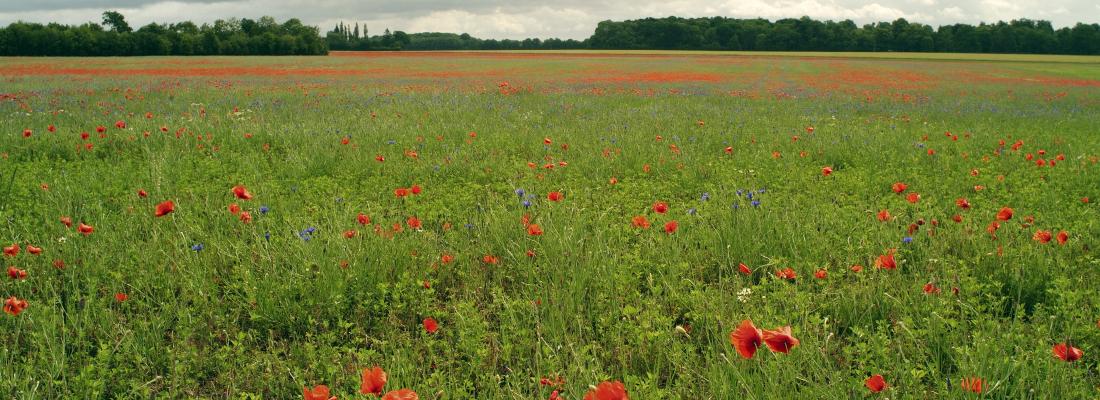Biodiversity Reading time 5 min
Biodiversity when restoring soil through fallowing: stronger interactions among organisms, increased carbon uptake in soil
Published on 14 February 2017

Research carried out as for the EcoFINDERS programme was conducted through a consortium that was unique in terms of its size, with 23 partners, the range of expertise it incorporated, particularly for the scope of organisms studied, and the methods it used, notably the long-term observation facilities involved. One facility, located in the Netherlands, studied the effects of fallowing.
Researchers studied the changes in biodiversity over time when using fallowing as a soil restoration strategy, over a timeframe of up to 31 years of uncultivated soil. The analyses of biodiversity and organism interaction were associated with carbon uptake in soil food chains through the use of 13C–labelled carbon dioxide.
Increased interactions among organisms, increased carbon flows to soil
The researchers saw that the number of connections among groups of organisms in the soil increased over the course of the restoration process. They also observed increased diversity in arbuscular mycorrhizal fungi, which are involved in establishing symbiosis with plant roots.
Through their analysis of 13C, researchers were able to demonstrate that the strengthening of community connections among soil organisms was accompanied by increased carbon uptake in the soil. In soil that had been fallow for long periods, plants had less photosynthesis-derived carbon in their roots, while consumers such as nematodes and fungi contained the majority of the marked carbon. Thus, fungi incorporated three quarters of the marked carbon in soil that had been fallow for a long period, but only half of the marked carbon in soil that had been fallow for only a short period.
These changes were not associated with an increase in fungal biomass but rather with an increase in the proportion of carbon-consuming microbial groups and increased community connections among these groups.
These findings show that the network of connections among organisms becomes stronger over time as soil is left fallow. This leads to increased plant-derived carbon uptake, notably through soil fungi.
This innovative research opens the door for exciting new possibilities in sustainable soil management with regard to increasing soil carbon storage, in line with the aim of increasing soil carbon storage by 4‰ per year. A better understanding is needed of the fungi that incorporate carbon in soil food chains. Increased attention must also be particularly given not only to soil biodiversity but also to the network of interactions among organisms. Future research will have to pay particular attention to assessing the effect of agroecosystems on these fungi and these interactions, with a view to identifying those practices that favour carbon storage.
|
Morriën E. et al. Soil networks become more connected and take up more carbon as nature restoration progresses. Nat. Commun. 8, 14349/doi: 10.1038/ncomms14349 (2017). |
